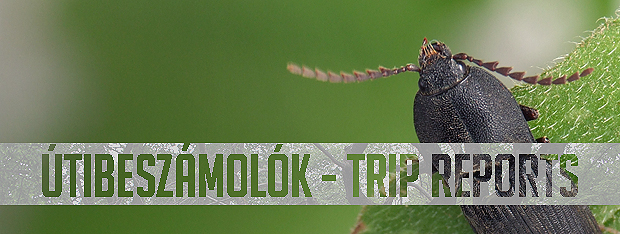
VI.2013., Pilisborosjenő
I had no definite
plans for that weekend, so just went for a walk outside with my
girlfriend,
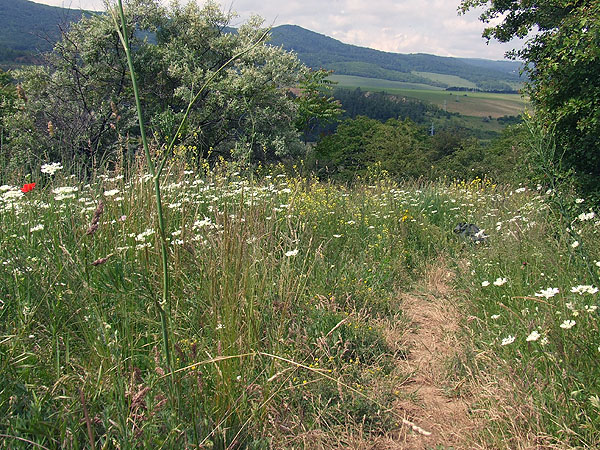
Farther away from
the houses we came to a meadow bustling with insects.


Cidnopus
pilosus
(Leske, 1785).
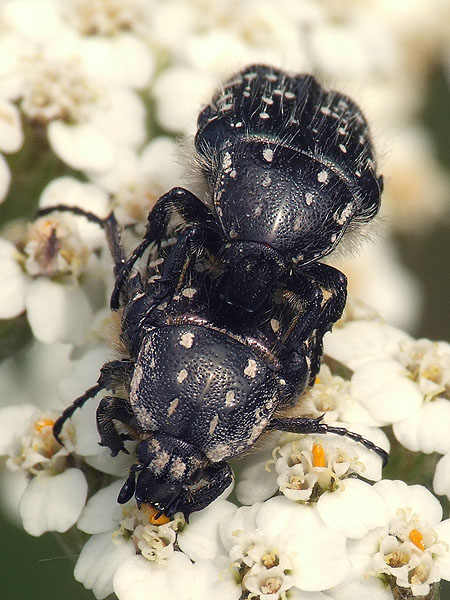
Oxythyrea
funesta
(Poda, 1761).
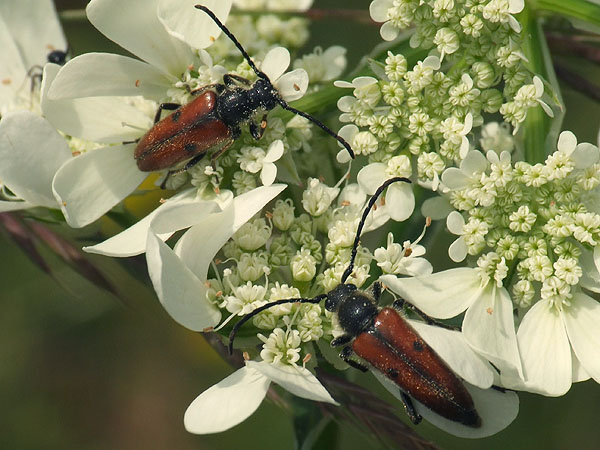
Vadonia
unipunctata
(Fabricius, 1787).
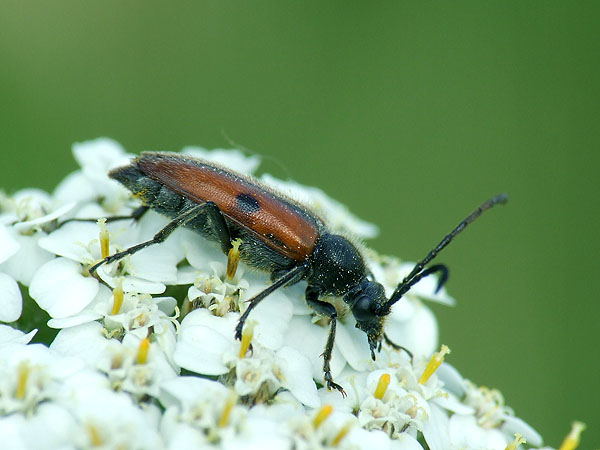

Viper's Bugloss (Echium
vulgare).

Opsilia
coerulescens
(Scopoli, 1763).
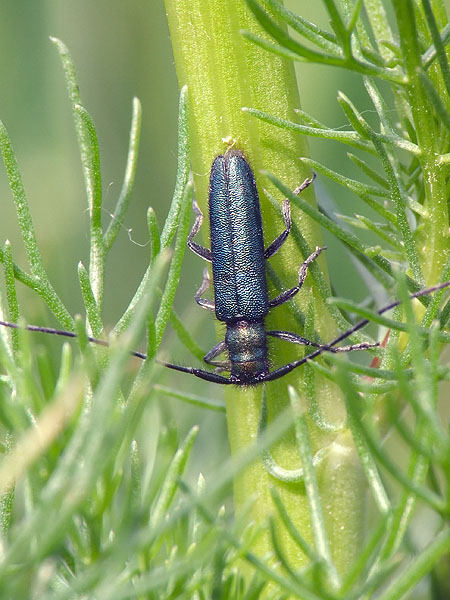
Agapanthia
violacea
(Fabricius, 1775).

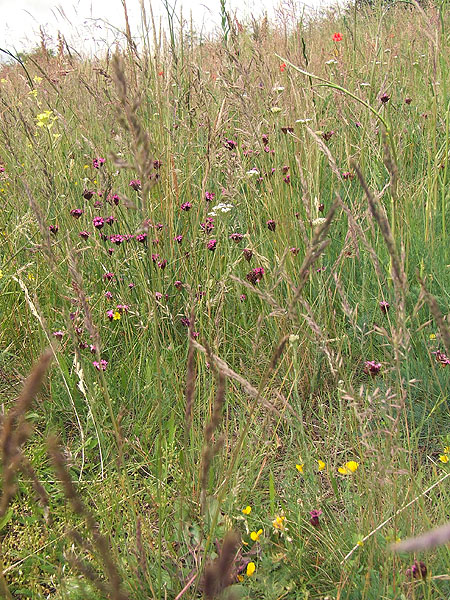
I was searching
around in the undergrowth for hours. Subjects to shoot were all around.
There
were plenty of beetles everywhere because of the abundant spring rains
and the
sultry weather which is often experienced right before storms.
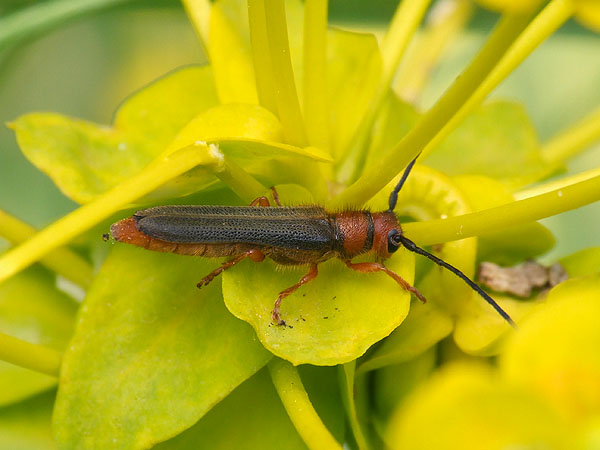
Oberea
erythrocephala
(Schrank, 1776).
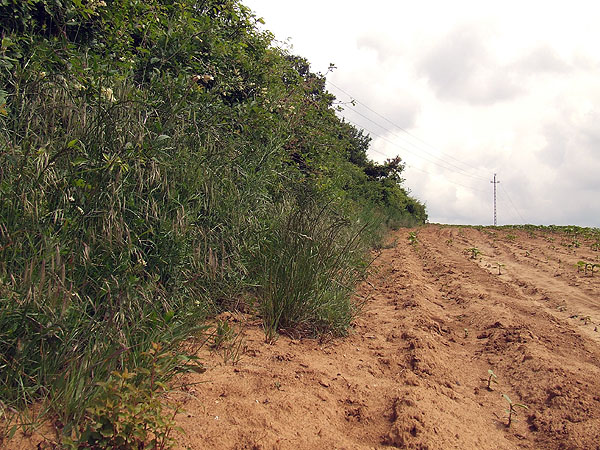
The nearby agricultural
land extends up to the forest edge with blackthorn and elm stands.
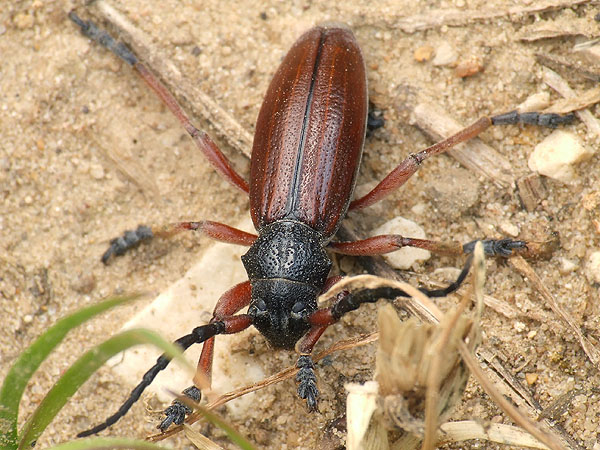
Carinatodorcadion
fulvum fulvum
(Scopoli, 1763)
crawling around.

Pedestredorcadion
pedestre
(Poda, 1761).

Incesting insects
or having sex with someone of a different species. Carinatodorcadion
aethiops (Scopoli, 1763) vs. Carinatodorcadion fulvum
fulvum (Scopoli, 1763).
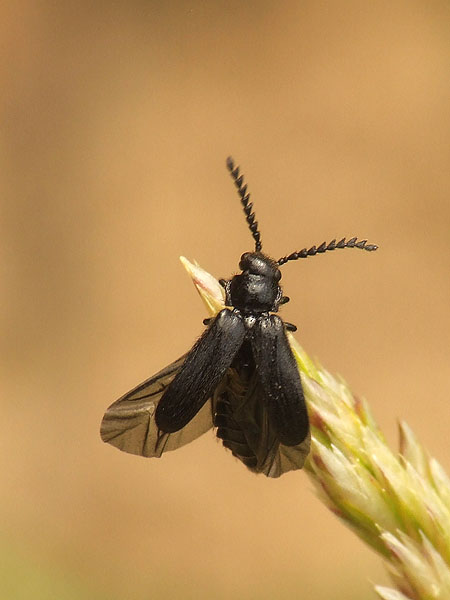
Drilus concolor Ahrens, 1812 .
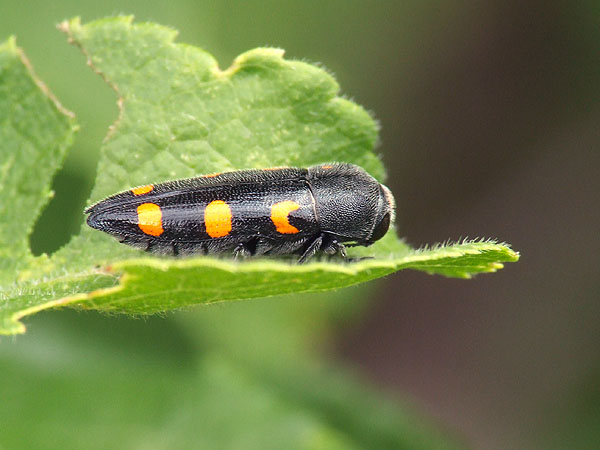
Ptosima
undecimmaculata
(Herbst, 1784).

Click beetles with their
antennae up in the air. Neopristilophus
insitivus (Germar, 1824), female.
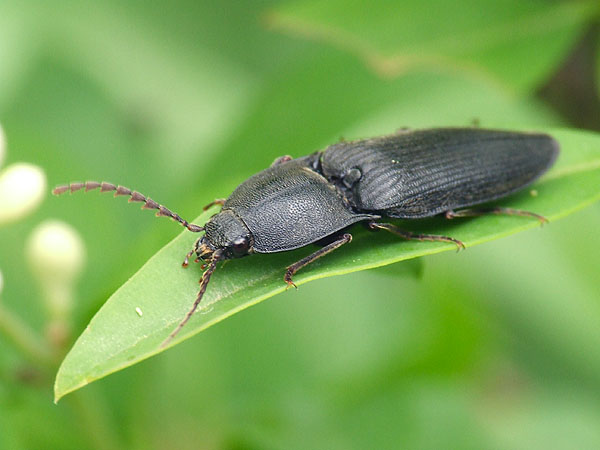
Neopristilophus
insitivus
(Germar, 1824), male.

Rutpela
maculata
(Poda, 1761) – Spotted
Longhorn, one of the most common longhorn beetles in forest edges.

Individuals of Stenurella
septempunctata (Fabricius,
1792) and Dinoptera collaris
(Linnaeus, 1758) were happy to mate and feed on flowers.
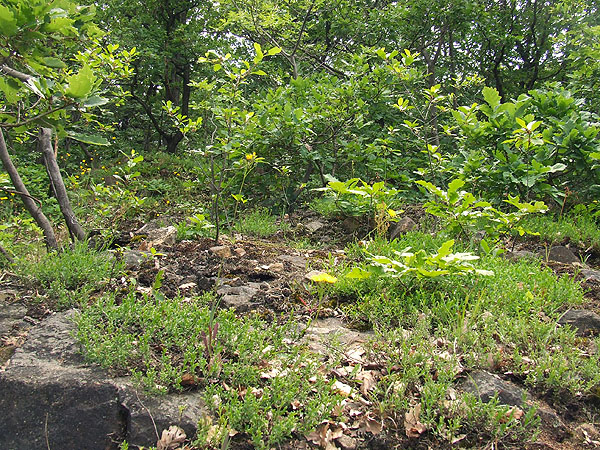
In spite of the
little rain even more beetles were found in the forest.

Cryptocephalus
sericeus sericeus (Linnaeus, 1758).
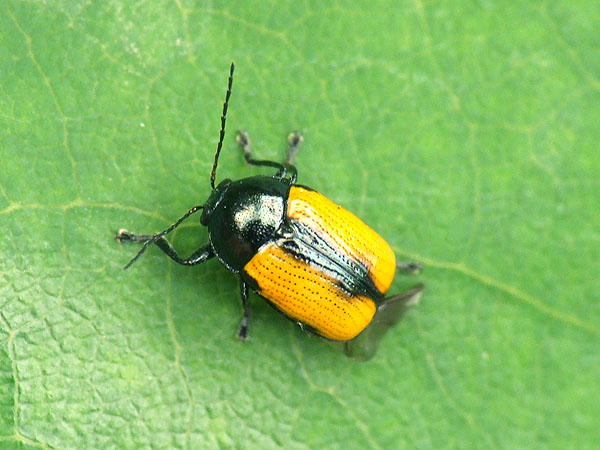
Cryptocephalus
marginatus
Fabricius, 1781.
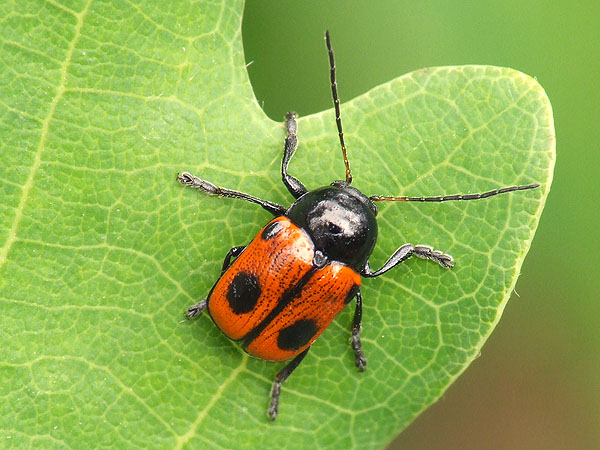
Cryptocephalus
bipunctatus
(Linnaeus, 1758).
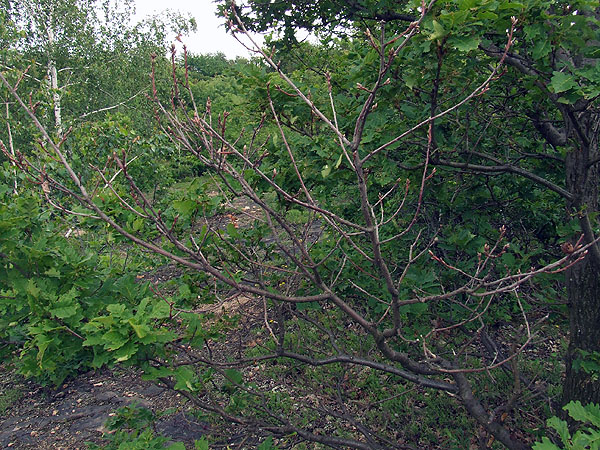
Beating an oak
branch infested by Coraebus fasciatus
(Villers, 1789) numerous longhorn species fell onto my beating tray.
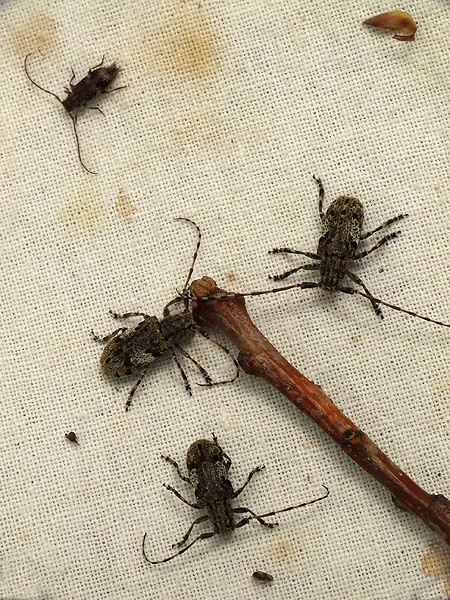
Mesosa nebulosa (Fabricius, 1781) –
White-clouded
Longhorn Beetle and Leiopus nebulosus
(Linnaeus, 1758) – Black-clouded Longhorn Beetle .

The rare and
unexpected Deroplia genei (Aragona, 1830)
was fallen also from an infested branch.
This species occurs sporadically in oak communities,
particularly in
warmer habitats such as the Balaton Uplands.
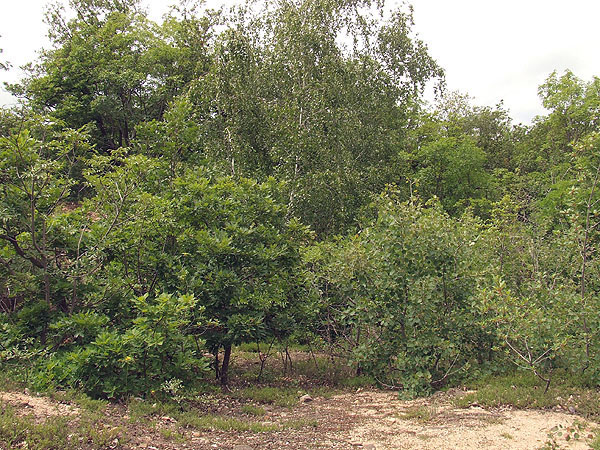
Aspen and manna ash have colonized the abandoned quarry.

The small poplar longhorn beetle Saperda populnea (Linnaeus, 1758) develops in aspen.

Tetrops starkii Chevrolat, 1859 - a new record for me, was collected by sweeping the canopy of manna ashes. This species is represented by only a few specimens in the Coleoptera Collection of HNHM. A common and widespread congener in Hungary, Plum beetle Tetrops praeustus (Linnaeus, 1758) develops in the twigs of fruit trees.
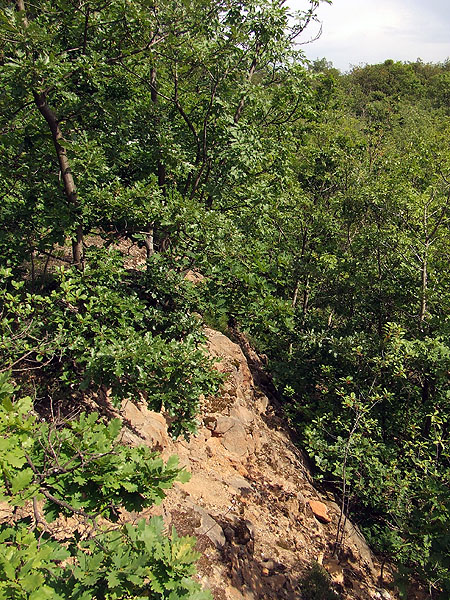
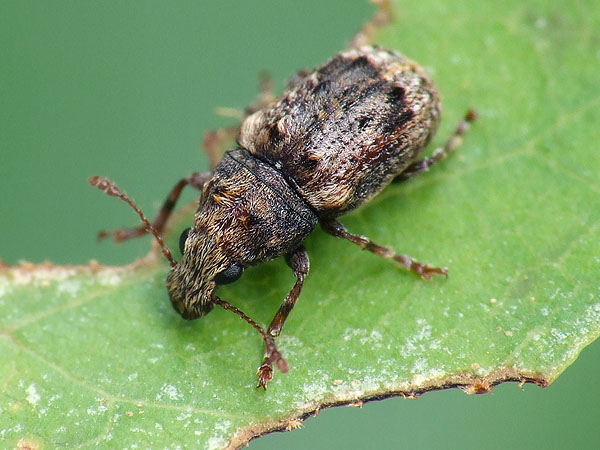
Enedreytes
sepicola
(Fabricius, 1792)
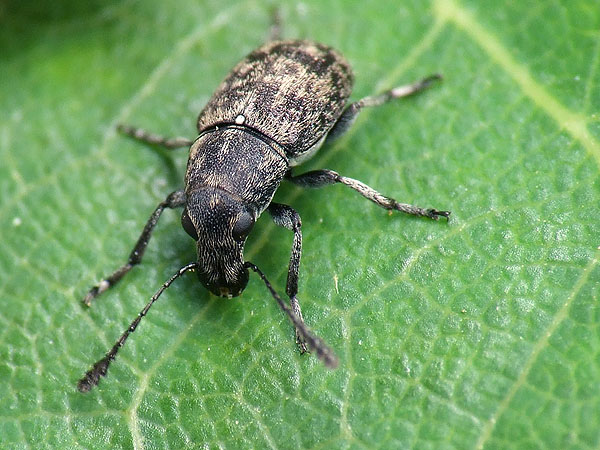
Phaeochrotes
cinctus
(Paykull, 1800)

Lasiorhynchites praeustus (Boheman, 1845)

In an extremely
warm and rocky patch I encountered click beetles that I have never or
rarely
captured in
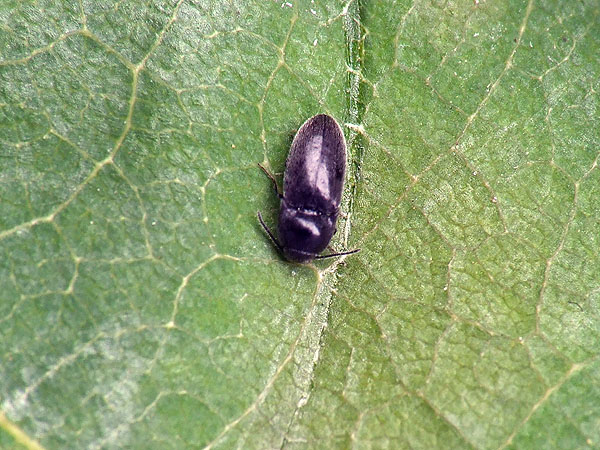
Quasimus minutissimus
(Germar, 1823). A specimen landed on my shoulder nearly ten years ago.
I have
been trying to find it ever since by using different methods such as
sifting or
thorough examination of sunny oak forests.
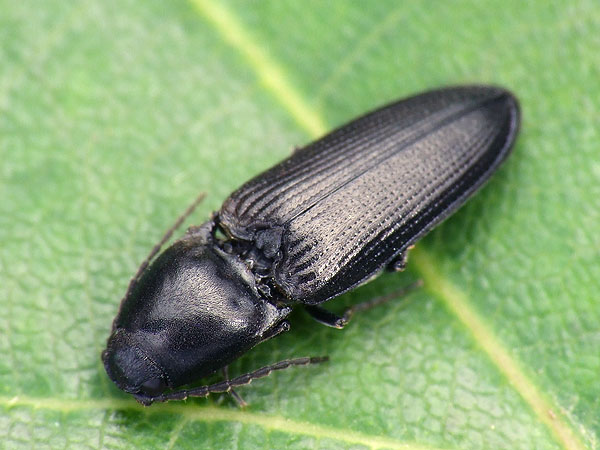
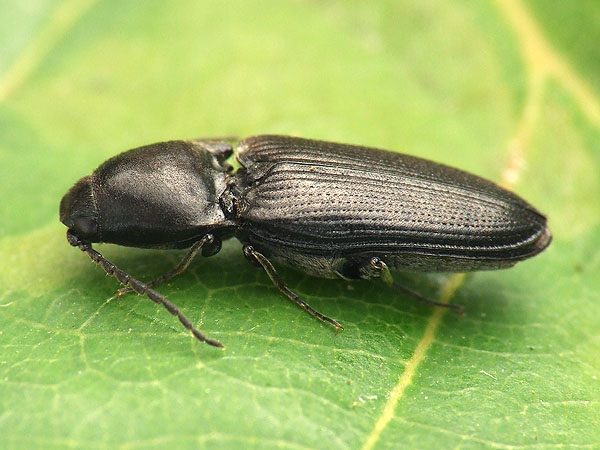
Cardiophorus
nigerrimus
Erichson, 1840. I caught it in
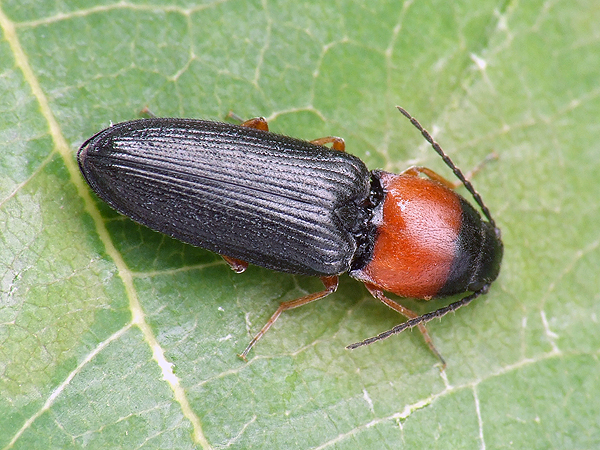

Cardiophorus
anticus
Erichson, 1840 is one of the
rarest species of the subfamily Cardiophorinae, if not the rarest. I
have never
seen it in
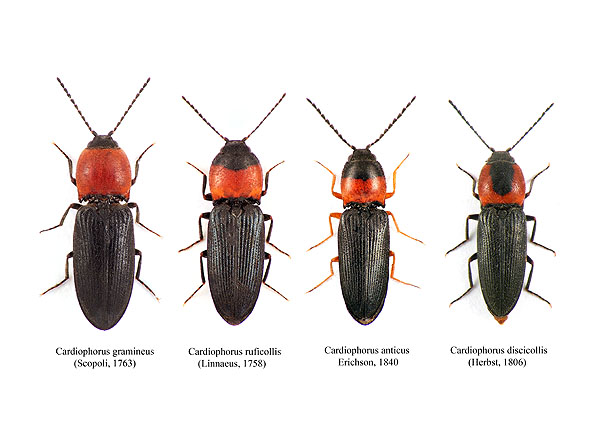
There are four
Cardiophorinae species in
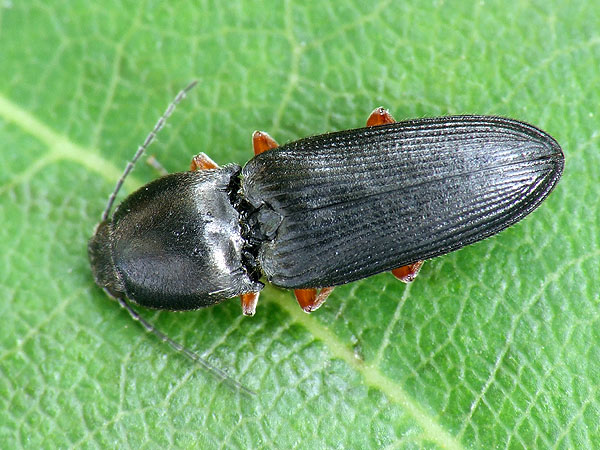
Cardiophorus
vestigialis
Erichson, 1840 occurs
sporadically in our karst white oak low woods. It is not uncommon in
the Buda
Hills and the Pilis.
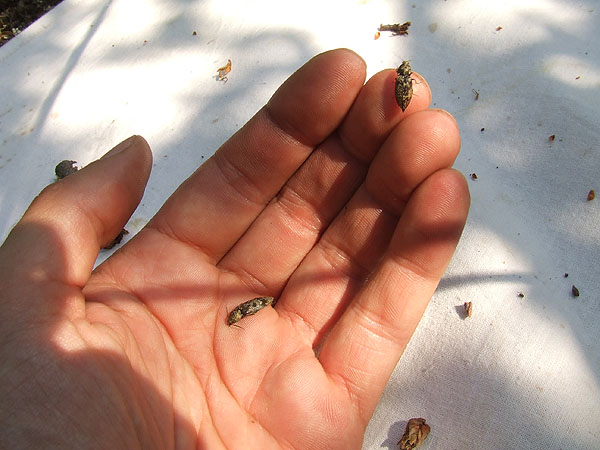
In a woodland area
I had the pleasure of coming across both Prosternon
species occurring in

I have chased the Black-coloured Clilck Beetle, Prosternon chrysocomum (Germar, 1843) for a long time because in
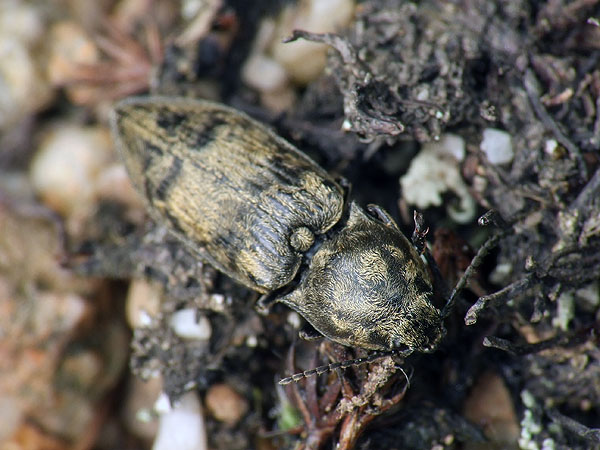
Prosternon
chrysocomum
(Germar, 1843) there are
specimens covered with greyish and also with golden hair.
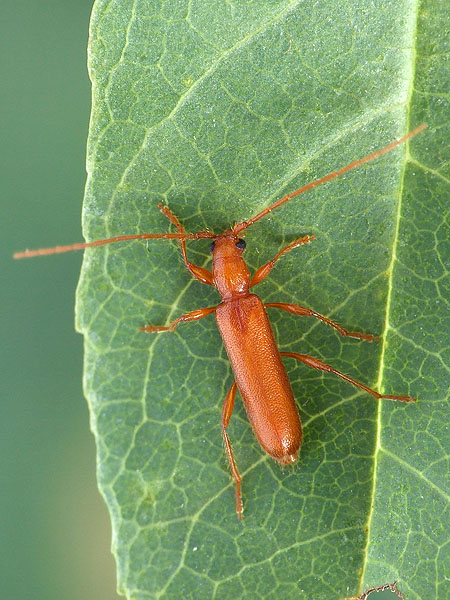
Probing the dry twigs of oaks with my long handled net
yielded a great number of bustling longicorns.
Axinopalpis gracilis (Krynicki,
1832)
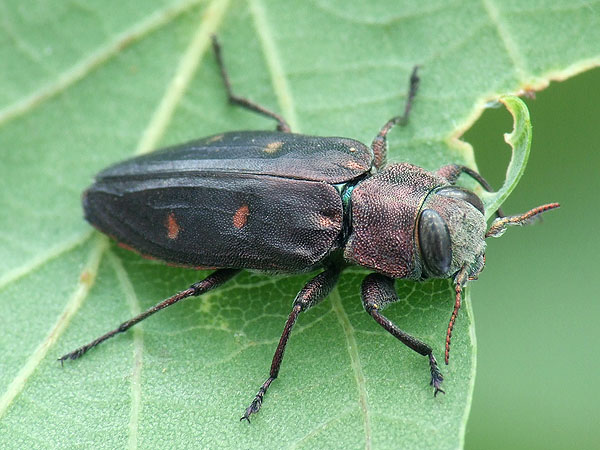
Chrysobothris affinis (Fabricius, 1794) is a common buprestid species in oak forests.

Anisorus
quercus
(Götz, 1783)
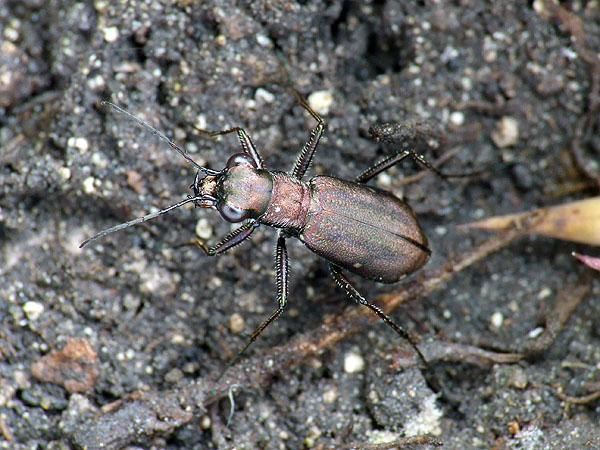
Cylindera
germanica Linnaeus,
1758
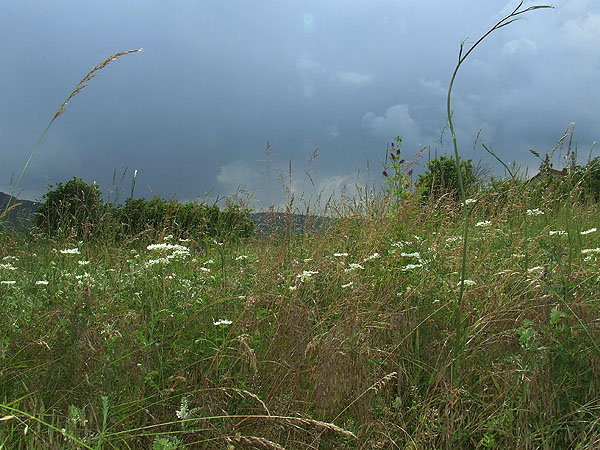
It looked like it was
going to rain all day. Thunder growled from the capital and from the
Pilis,
alternately. Fortunately, I escaped drenching to skin, and set out on
the 10-minute
walk home exhausted but happy.
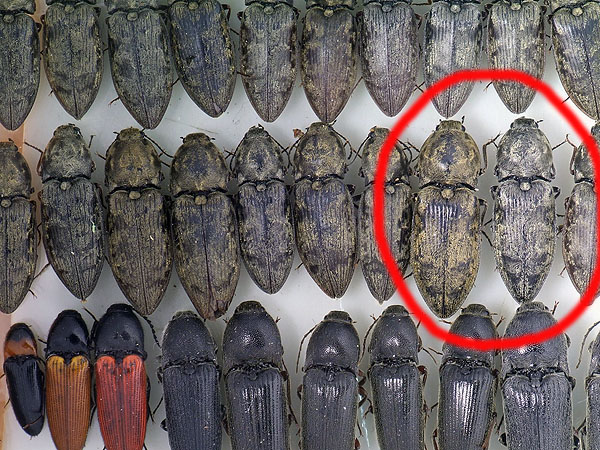

A part of the material collected. Sometimes it is hard to decide in the field what species are struggling in the net. It is recommended therefore to keep all suspicious specimens because species can be more routinely identified when viewed under a microscope. Prosternon chrysocomum (Germar, 1843) hidden in the mass of Prosternon tessellatum (Linnaeus, 1758) (see above) Completely black-coloured individuals of Cardiophorus nigerrimus Erichson, 1840 among plenty of reg-legged Cardiophorus erichsoni Buysson, 1901 (see below)